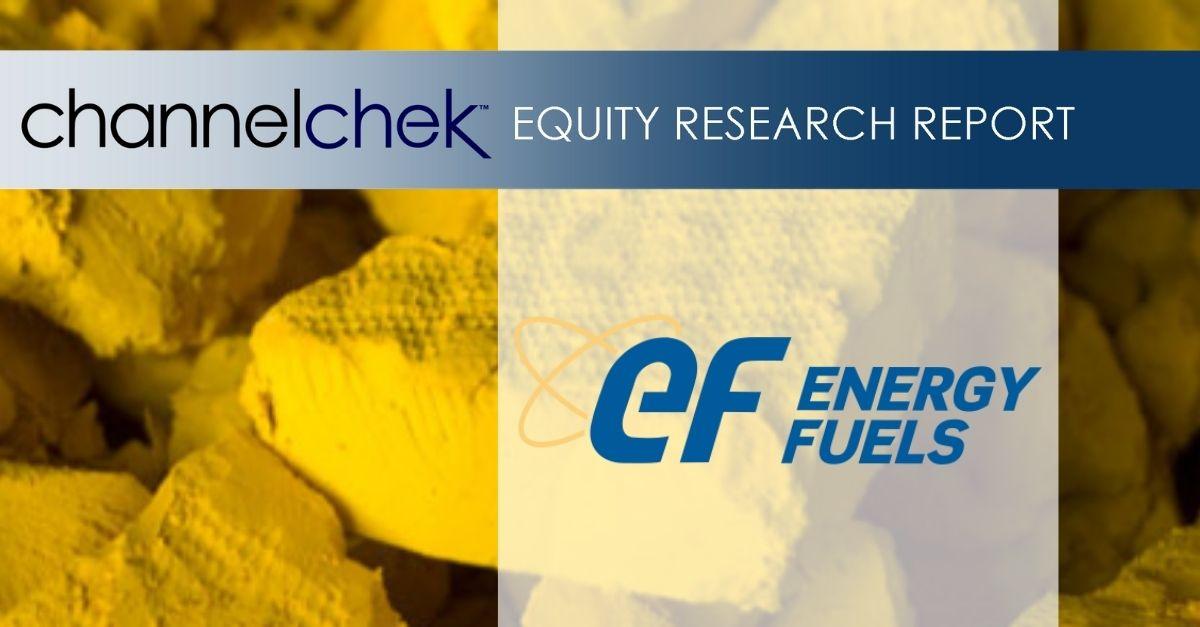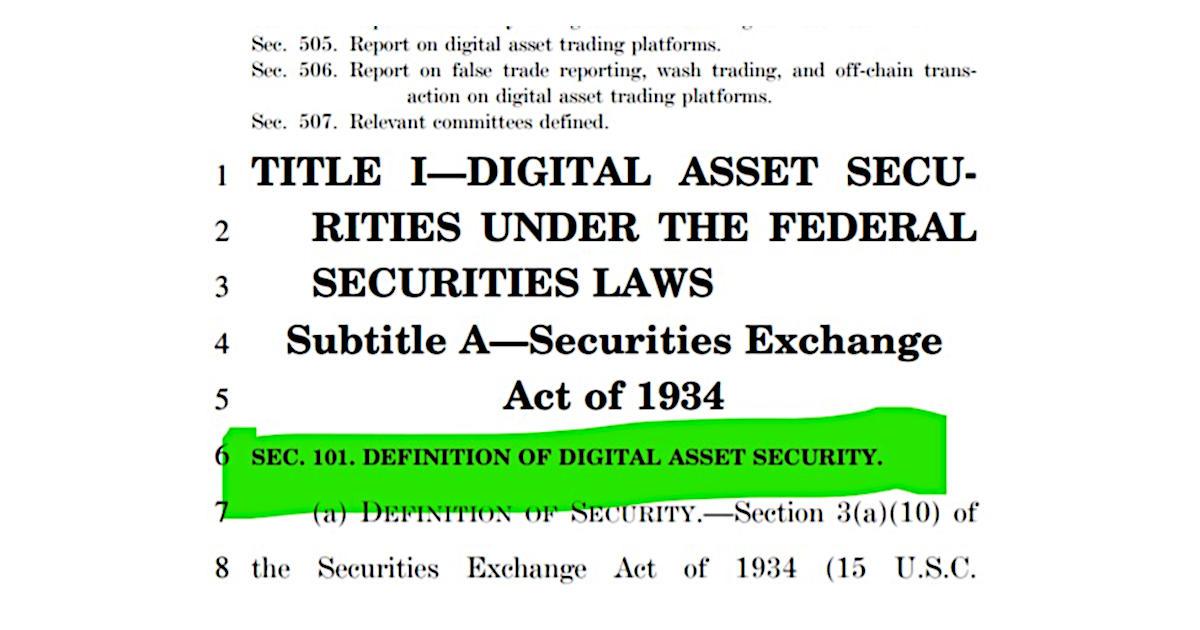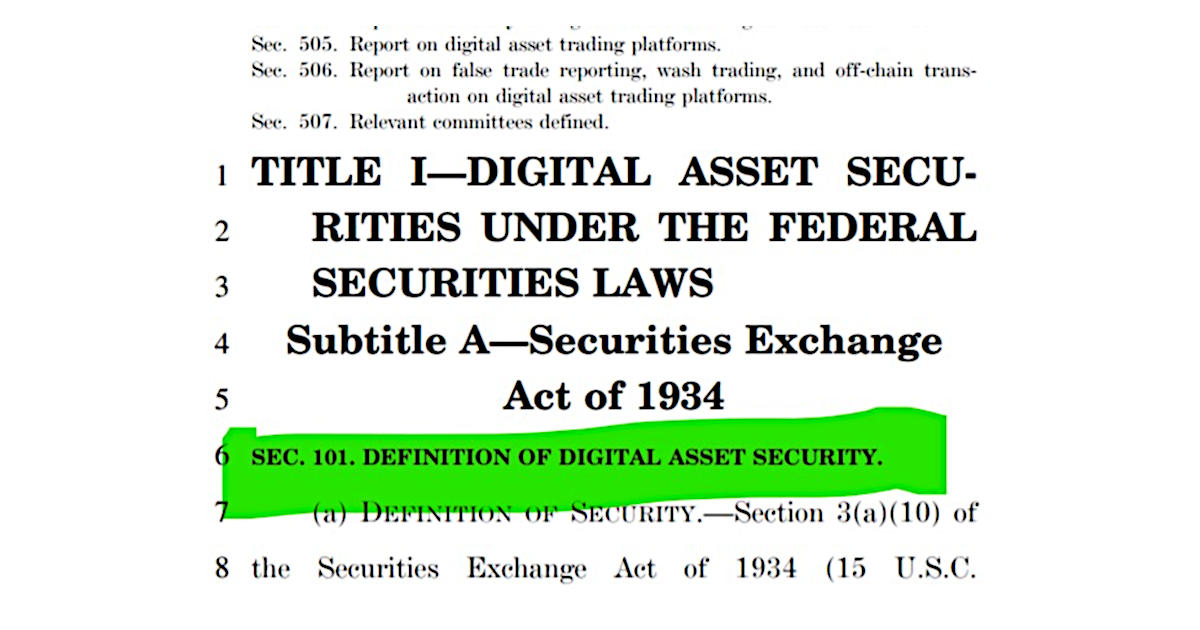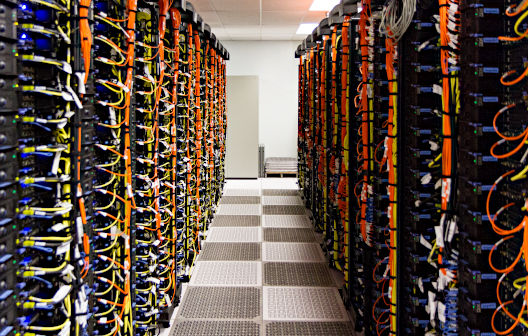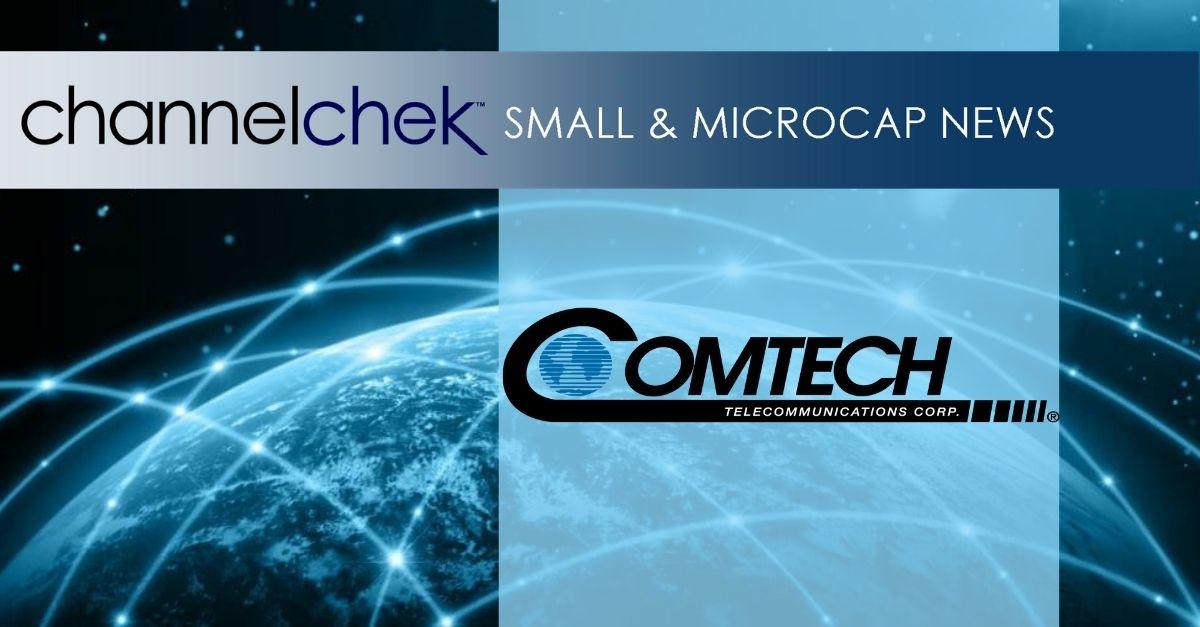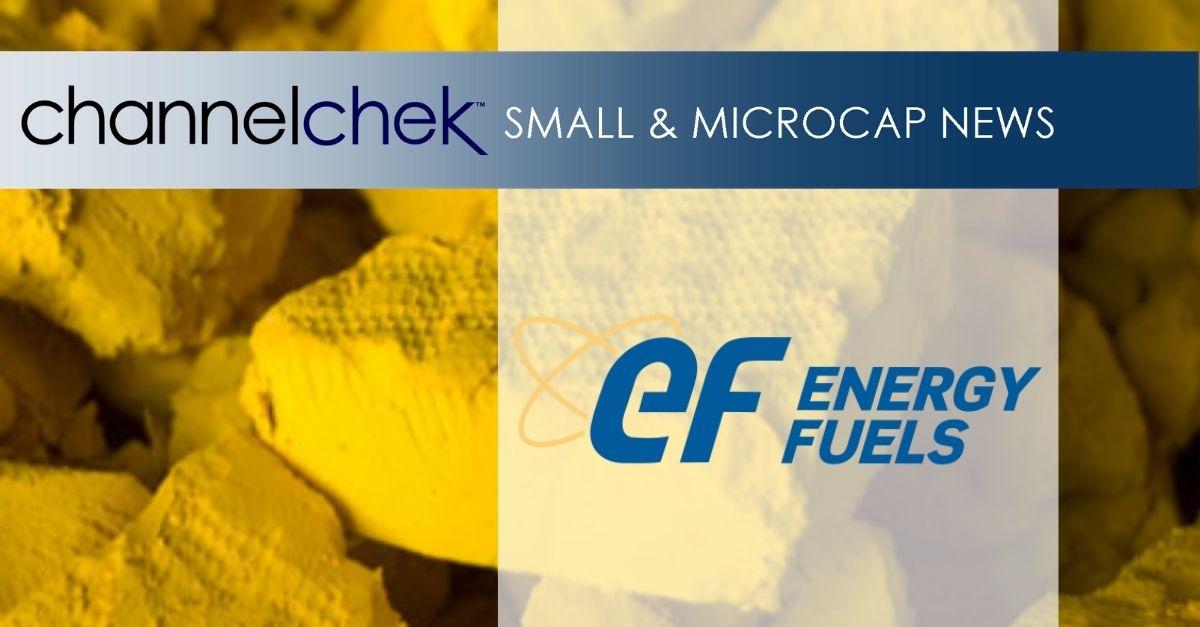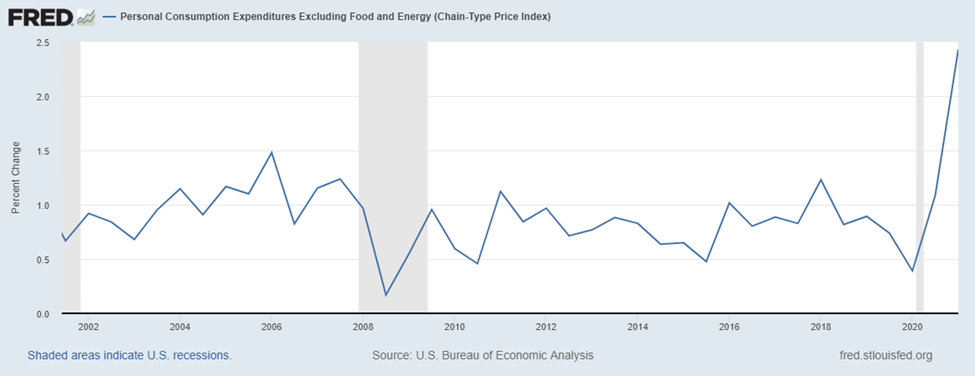LAKEWOOD, Colo., July 30, 2021 /CNW/ – Energy Fuels Inc. (NYSE American: UUUU) (TSX: EFR) (“Energy Fuels” or the “Company”) today reported its financial results for the quarter ended June 30, 2021. The Company’s quarterly report on Form 10-Q has been filed with the U.S. Securities and Exchange Commission (“SEC“) and may be viewed on the Electronic Document Gathering and Retrieval System (“EDGAR“) at www.sec.gov/edgar.shtml, on the System for Electronic Document Analysis and Retrieval (“SEDAR“) at www.sedar.com, and on the Company’s website at www.energyfuels.com. Unless noted otherwise, all dollar amounts are in U.S. dollars.
Highlights:
- At June 30, 2021, the Company had $98.8 million of working capital, including $79.4 million of cash and marketable securities and $29.2 million of inventory. At current commodity prices, the Company’s inventory has a value of $39.1 million.
- During the quarter ended June 30, 2021, the Company incurred a net loss of $10.8 million, which included a non-cash mark-to-market increase in warrant liabilities during the quarter of $3.6 million resulting from a significant increase in the Company’s share price.
- With several existing uranium mines on standby and significant existing inventories of Company-produced, U.S.-origin uranium, the Company continues to be ready to supply uranium into improved global markets and the proposed U.S. Uranium Reserve once it is established by the U.S. government.
- During the first half of 2021, the Company began ramping up to commercial-scale production of a mixed rare earth element (“REE”) carbonate (“RE Carbonate”), as a complement to its uranium business. In July 2021, Energy Fuels commenced deliveries of its RE Carbonate to a separation facility in Europe.
- The Company has entered into a definitive agreement to sell a package of Energy Fuels’ non-core conventional uranium projects located in Utah and Colorado to International Consolidated Uranium Inc. (“CUR”). Based on CUR’s current share price, exchange rates and assuming the closing and full performance of the agreement, the current proforma value of this divestment is approximately US$24 million.
- The Company has entered into a strategic alliance agreement with RadTran, LLC, a private technology development company, to evaluate the recovery of thorium and potentially radium from the Company’s RE Carbonate and uranium process streams, as a complement to its uranium and RE Carbonate businesses, for use in the production of medical isotopes for emerging targeted alpha therapy (“TAT“) cancer therapeutics.
Mark S. Chalmers, Energy Fuels’ President and CEO, stated:
“Energy Fuels achieved another significant milestone in restoring U.S. rare earth supply chains when we recently announced the successful production of rare earth carbonate from U.S.-sourced natural monazite sand at our White Mesa Mill. We are also very excited about our recently announced Strategic Alliance with RadTran, which has the potential to help produce isotopes from our existing RE Carbonate and uranium process streams for use in cancer therapeutics that can improve human health and ultimately save lives. These two initiatives, which are complementary to our core uranium business, are examples of the unique and valuable capabilities of the White Mesa Mill.
“We also announced the sale of several non-core conventional uranium assets to International Consolidated Uranium. These are licensed uranium assets, with excellent production track-records. But we don’t think markets value these assets appropriately within our portfolio. With this accretive disposition, we hope to unlock value in these excellent assets for our shareholders.
“The outlook for uranium also continues to improve, vanadium markets are strengthening and REE prices continue to exhibit strength. With three fully licensed uranium processing centers — the White Mesa Mill and the Nichols Ranch and Alta Mesa in situ recovery facilities — the largest NI 43-101 resource portfolio among U.S. uranium producers, and almost 700,000 pounds of U.S.-produced U3O8 in inventory, the Company remains well-positioned to benefit from a strengthening uranium market and the proposed U.S. Uranium Reserve once it is established by the U.S. government. But what I find most exciting about all this is that not only do we have excellent optionality and exposure to improved uranium markets, we are also leveraging our existing uranium assets to give the Company and our shareholders exposure to vanadium, REEs and potentially medical isotope markets, all as complements to our primary uranium business. Each of these complementary businesses could develop into a significant business for the Company in its own right and bodes well for our quickly developing “Critical Minerals Hub” in the U.S.”
Webcast on Tuesday, August 3, 2021 at 4:00 pm ET (2:00 pm MT):
Energy Fuels will be hosting a video webcast Tuesday, August 3, 2021 at 4:00 pm ET (2:00 pm MT) to discuss its Q2-2021 financial results, rare earth production and other corporate initiatives. To join the webcast and access the presentation and the viewer-controlled webcast slides, please click on the link below:
Energy Fuels Q2-2021 Results Webcast
If you would like to participate in the webcast and ask questions, please dial in to (888) 664-6392 (toll free in the U.S. and Canada).
A link to a recorded version of the proceedings will be available on the Company’s website shortly after the webcast by calling (888) 390-0541 (toll free in the U.S. and Canada) and by entering the code 679255#. The recording will be available until August 17, 2021.
Selected Summary Financial Information:
|
|
|
|
$000’s, except per share data
|
Six months ended June 30,
2021
|
Six months ended June 30,
2020
|
|
|
|
|
Total revenues
|
$
|
809
|
$
|
788
|
|
Gross profit (loss)
|
809
|
(718)
|
|
Operating Loss
|
(17,189)
|
(14,276)
|
|
Net income (loss) attributable to the company
|
(21,692)1
|
(13,844)
|
|
Basic and diluted loss per share
|
(0.15)1
|
(0.12)
|
|
|
|
|
$000’s
|
As at June 30, 2021
|
As at December 31, 2020
|
|
|
|
|
Financial Position:
|
|
|
|
Working capital
|
$
|
98,773
|
$
|
40,158
|
|
Property, plant and equipment, net
|
22,819
|
23,621
|
|
Mineral properties, net
|
83,539
|
83,539
|
|
Total assets
|
242,180
|
183,236
|
|
Total long-term liabilities
|
13,852
|
13,376
|
|
1.
|
Net loss and loss per share for the six months ending June 30, 2021 include a non-cash mark-to-market increase in warrant liabilities of $7.05 million, as a result of a significant increase in the Company’s share price during that period. Net loss and loss per share for the six months ending June 30, 2020 include a non-cash mark-to-market decrease in warrant liabilities of $0.1 million, as a result of an insignificant decrease in the Company’s share price during that period.
|
Financial Discussion:
At June 30, 2021, the Company had $98.8 million of working capital, including $79.4 million of cash and marketable securities and $29.2 million of inventory, including approximately 691,000 pounds of uranium and 1,672,000 pounds of high-purity vanadium, both in the form of immediately marketable product. The current spot price of U3O8, according to TradeTech, is $32.50 per pound (up 7% in 2021), and the current mid-point spot price of V2O5, according to Metal Bulletin, is $9.88 per pound (up 83% in 2021). Based on those spot prices, the Company’s uranium and vanadium inventories have a current market value of $22.5 million and $16.5 million, respectively, totaling $39.0 million.
During the quarter ended June 30, 2021, the Company incurred a net loss of $10.8 million, compared to a net loss of $8.2 million for the second quarter of 2020, and a net loss of $21.7 million year-to-date compared to $13.8 million during the first six months of 2020. The increased net losses in 2021 are due primarily to increased development expenditures incurred in ramping up our RE Carbonate production at the White Mesa Mill in Utah (the “Mill“) and a non-cash mark-to-market increase in warrant liabilities during the quarter of $3.6 million and $7.1 million year to date, resulting from an increase in the Company’s share price.
Commencement of Rare Earth Carbonate Deliveries in 2021:
On July 7, 2021, the Company and Neo Performance Materials Inc. (“Neo”) jointly announced that the first container (approximately 20 tonnes of product) of an expected first run of 15 containers of RE Carbonate was successfully produced by Energy Fuels at the Mill and is en route to Neo’s Silmet rare earth separations facility in Estonia, creating a new United States-to-Europe rare earth supply chain.
Monazite sand is widely recognized as one of the most valuable rare earth minerals in the World, due to its superior distributions of magnetic REEs needed for various clean energy, defense and other advanced technologies. Natural monazite sand is currently recovered as a low-cost byproduct of heavy mineral sand (“HMS”) operations in the U.S. and elsewhere in the world. The historic challenge with monazite is that it contains higher concentrations of natural uranium, thorium and other radionuclides relative to other minerals, thereby requiring specific licenses and specialized technical capabilities to handle and process. Energy Fuels currently holds the required licenses, and we have developed the ability to unlock the value of this domestic resource over the past 20+ years of recycling numerous feeds for the recovery of uranium. Energy Fuels’ commercial-scale production of RE Carbonate from U.S.-mined natural monazite sand positions Energy Fuels as the only company in North America currently producing a monazite-derived, enhanced rare earth material.
The Company and Neo also announced the signing of a definitive supply agreement under which Energy Fuels will ship all or a portion of its RE Carbonate to Neo’s Silmet facility for processing into separated rare earth materials used in rare earth permanent magnets and other rare earth-based advanced materials. We believe Energy Fuels is well on its way to creating a new, low-cost, fully integrated U.S. rare earth supply chain that meets the highest global standards for environmental protection, sustainability and human rights, that allows for source validation and tracking from mining through final end-use applications for manufacturers in North America, Europe, Japan and other nations.
We are currently scoping the potential to produce separated REE oxides using proven solvent extraction (“SX”) technology that we have utilized for the recovery of uranium and vanadium over the past 40+ years. We are also evaluating moving farther down the REE supply chain to produce certain rare earth metals, alloys and other products.
Sale of Non-Core Conventional Assets to International Consolidated Uranium Inc:
On July 15, 2021, the Company and International Consolidated Uranium Inc. (“CUR”) jointly announced the signing of a definitive asset purchase agreement under which CUR will acquire a portfolio of Energy Fuels’ non-core conventional uranium projects located in Utah and Colorado, including the Daneros mine, the Tony M mine, the Rim mine, the Sage Plain project, and several U.S. Department of Energy leases. In addition, at closing the Company and CUR will enter into toll-milling and operating agreements with respect to the properties. The consideration payable by CUR to Energy Fuels includes US$2 million cash payable at closing, such number of shares that results in Energy Fuels holding 19.9% of the outstanding CUR common shares immediately after closing, Cdn$6 million of deferred cash payable over time, and up to Cdn$5 million of deferred cash payable on the commencement of commercial production at the properties. Through this accretive disposition, Energy Fuels believes the value of these high-quality, permitted, and past-producing mines can be unlocked for Company shareholders, while also cutting standby costs, earning management fees, and potentially realizing toll milling fees in the future. Based on the current CUR share price, exchange rates and assuming the closing and full performance of the agreement, the proforma value of this divestment is approximately US$24 million.
Collaboration with RadTran, LLC on Recovering Medical Isotopes for Advanced Cancer Therapies:
On July 28, 2021, the Company announced the execution of a Strategic Alliance Agreement with RadTran, LLC, a technology development company focused on closing critical gaps in the procurement of medical isotopes for emerging targeted alpha therapy (“TAT”) cancer therapeutics and other applications. Under this strategic alliance, the Company will evaluate the feasibility of recovering Th-232, and potentially Ra-226 from its existing uranium and RE Carbonate process streams at the Mill and, together with RadTran evaluate the feasibility of recovering Ra-228 from the Th-232 and Th-228 from the Ra-228 at the Mill using RadTran technologies. The recovered Ra-228, Th-228 and potentially Ra-226 would then be sold to pharmaceutical companies and others to produce Pb-212, Ac-225, Bi-213, Ra-224 and Ra-223, which are the leading medically attractive TAT isotopes for the treatment of cancer. Existing supplies of these isotopes for TAT applications are in short supply, and methods of production are costly and currently cannot be scaled to meet the demand as new drugs are developed and approved. This is a major roadblock in the research and development of new TAT drugs as pharmaceutical companies wait for scalable and affordable production technologies to become available. Under this exciting initiative, the Company has the potential to recycle valuable isotopes from its existing process streams, that would otherwise be lost to disposal, for use in the treatment of cancer.
Market Conditions
The outlook for uranium continues to improve, as demand continues to outpace supplies and uranium juniors and financial intermediaries enter the market to purchase uranium and build inventories. The weekly spot price for uranium has increased 4% from $31.25 to $32.50 per pound during the quarter and 7% from $30.40 to $32.50 during the first six months of 2021. The spot price of uranium is currently at $32.50 per pound as of July 23, 2021. Energy Fuels holds 691,000 pounds of U.S.-origin uranium in inventory that we recently produced at our own facilities in the U.S. through our low-cost alternate feed material production, which is among the lowest-cost uranium production in the world today.
Vanadium markets are also strengthening. An improving global economy, coupled with political unrest in South Africa and other factors, has caused vanadium prices to rise 83% this year, from $5.40 per pound as of December 25, 2020 to $8.75 per pound as of June 25, 2021 to $9.88 per pound as of July 30, 2021. Vanadium is a valuable clean energy metal, historically used in steel, master alloys, and chemicals. It is also seeing considerable interest in emerging grid-scale battery technologies used to store renewable energy. Energy Fuels also holds about 1.7 million pounds of finished high-purity vanadium pentoxide in inventory, plus 1.5 to 3.0 million pounds of solubilized vanadium inventory in the Mill’s tailings solutions that we can recover relatively quickly. We also hold large quantities of high-grade vanadium resources at our standby mines where we recently developed new mining techniques that we believe can increase production and lower costs when mining resumes in the future. The Mill was the largest U.S. vanadium producer as recently as 2019.
Finally, REE prices continue to be strong, with the price of NdPr increasing 48% year to date from $78.50/kg on January 4, 2021 to $116.00/kg on July 30, 2021 and 118% from $53.3/kg on July 27, 2020 to date. The Company’s sales price for its RE Carbonate is currently based on the prices of REE oxides, with the price of NdPr being the primary driver of the Company’s RE Carbonate sales price at this time.
Operations Update and Outlook for Period Ending June 30, 2021
Overview
Although the outlook for uranium continues to improve, uranium prices have not risen enough to date to justify uranium production at the Company’s mines and ISR facilities at this time. As a result, uranium recovery is expected to be maintained at reduced levels at current uranium price levels, until such time when market conditions improve sufficiently or the U.S. government buys uranium from the Company following the establishment of the proposed U.S. Uranium Reserve.
The Company will continue to seek new sources of revenue, including through its emerging REE business, as well as new sources of alternate feed materials and new fee processing opportunities at the Mill that can be processed under existing market conditions (i.e., without reliance on current uranium sales prices). The Company is also seeking new sources of natural monazite sands for its emerging rare earth business, and continues its support of U.S. governmental activities to assist the U.S. uranium mining industry, including the proposed establishment of a U.S. Uranium Reserve.
Extraction and Recovery Activities Overview
During the six months ended June 30, 2021, the Company did not recover significant quantities of U3O8, and expects to package insignificant quantities of U3O8 for the remainder of 2021, focusing instead on ramping up and optimizing its RE Carbonate production. This is a reduction from previous guidance of 30,000 to 60,000 pounds of uranium production in 2021. All uranium recovered during 2021 at the Mill is expected to be retained in-circuit at the Mill and not to be packaged in 2021. The Company does not plan to extract and/or recover any amounts of uranium of any significance from its Nichols Ranch Project in 2021, which was placed on standby in the second quarter of 2020 due to the depletion of its existing wellfields. In addition, the Company expects to keep the Alta Mesa Project and its conventional mining properties on standby during 2021.
The Company expects to recover approximately 700 to 1,100 tonnes of RE Carbonate at the Mill in 2021, containing approximately 350 to 550 tonnes of total rare earth oxides (“TREO“), subject to receipt of sufficient quantities of monazite. This is a reduction from previous guidance of 2,000 to 3,000 tons (1,814 to 2,721 tonnes) of RE Carbonate, containing approximately 1,000 to 1,600 tons (907 to 1,451 tonnes) of TREO, in 2021, due to what the Company expects to be a short-term delay in supply of monazite sands to the Mill under the Company’s existing supply agreement. The Company expects to produce no vanadium during the 2021 year.
The Company has strategically opted not to enter into any uranium sales commitments for 2021. Therefore, subject to the proposed establishment of a U.S. Uranium Reserve and general market conditions, existing inventories are expected to remain unchanged at approximately 691,000 pounds of U3O8 at year-end. All V2O5 inventory is expected to be sold on the spot market if prices rise sufficiently above current levels, but otherwise maintained in inventory. The Company expects to sell all or a portion of its RE Carbonate to Neo Performance materials or other global separation facilities and/or to stockpile it for future separation at the Mill or elsewhere.
About Energy Fuels: Energy Fuels is a leading U.S.-based uranium mining company, supplying U3O8 to major nuclear utilities. The Company also produces vanadium from certain of its projects, as market conditions warrant, and is ramping up to commercial-scale production of RE Carbonate in 2021. Its corporate offices are in Lakewood, Colorado near Denver, and all of its assets and employees are in the United States. Energy Fuels holds three of America’s key uranium production centers: the White Mesa Mill in Utah, the Nichols Ranch ISR Project in Wyoming, and the Alta Mesa ISR Project in Texas. The White Mesa Mill is the only conventional uranium mill operating in the U.S. today, has a licensed capacity of over 8 million pounds of U3O8 per year, and has the ability to produce vanadium when market conditions warrant, as well as RE Carbonate from various uranium-bearing ores. The Nichols Ranch ISR Project is currently on standby and has a licensed capacity of 2 million pounds of U3O8 per year. The Alta Mesa ISR Project is also currently on standby. In addition to the above production facilities, Energy Fuels also has one of the largest NI 43-101 compliant uranium resource portfolios in the U.S. and several uranium and uranium/vanadium mining projects on standby and in various stages of permitting and development. The primary trading market for Energy Fuels’ common shares is the NYSE American under the trading symbol “UUUU,” and the Company’s common shares are also listed on the Toronto Stock Exchange under the trading symbol “EFR.” Energy Fuels’ website is www.energyfuels.com.
Cautionary Note Regarding Forward-Looking Statements: This news release contains certain “Forward Looking Information” and “Forward Looking Statements” within the meaning of applicable United States and Canadian securities legislation, which may include, but are not limited to, statements with respect to: production and sales forecasts; costs of production; any expectation that the Company will continue to be ready to supply uranium into the proposed U.S. Uranium Reserve once it is established; scalability, and the Company’s ability and readiness to re-start, expand or deploy any of its existing projects or capacity to respond to any improvements in uranium market conditions or in response to the proposed Uranium Reserve; any expectation regarding any remaining dissolved vanadium in the White Mesa Mill’s tailings facility solutions; any expectation that the Company’s recently developed mining techniques can increase production and lower costs when vanadium mining resumes in the future; the ability of the Company to secure any new sources of alternate feed materials or other processing opportunities at the White Mesa Mill; expected timelines for the permitting and development of projects; the Company’s expectations as to longer term fundamentals in the market and price projections; any expectation that the Company will maintain its position as a leading uranium company in the United States; any expectation that the proposed Uranium Reserve will be implemented and if implemented the manner in which it will be implemented and the timing of implementation; any expectation with respect to timelines to production; any expectation that the Mill will be successful in producing RE Carbonate on a commercial basis; any expectation that Neo will be successful in separating the Mill’s RE Carbonate on a commercial basis; any expectation that Energy Fuels will be successful in developing U.S. separation, or other value-added U.S. REE production capabilities at the Mill, or otherwise; any expectation that the Company and Neo will be successful in jointly developing a fully integrated U.S.-European REE supply chain; any expectation that the Company will be successful in building a low-cost, fully integrated U.S. rare earth supply chain that meets the highest global standards for environmental protection, sustainability and human rights; any expectation with respect to the future demand for REEs; any expectation with respect to the quantities of monazite ore to be acquired by Energy Fuels, the quantities of RE Carbonate to be produced by the Mill or the quantities of contained TREO in the Mill’s RE Carbonate; any expectation that the Company’s evaluation of thorium and potentially radium recovery at the Mill will be successful; any expectation that the potential recovery of medical isotopes from any thorium and radium recovered at the Mill will be feasible; any expectation that any thorium, radium and other isotopes can be recovered at the Mill and sold on a commercial basis; and any expectation that the Company’s agreement to sell certain of its non-core properties to CUR will complete as contemplated or at all, or as to the proforma value of this divestment to the Company. Generally, these forward-looking statements can be identified by the use of forward-looking terminology such as “plans,” “expects,” “does not expect,” “is expected,” “is likely,” “budgets,” “scheduled,” “estimates,” “forecasts,” “intends,” “anticipates,” “does not anticipate,” or “believes,” or variations of such words and phrases, or state that certain actions, events or results “may,” “could,” “would,” “might” or “will be taken,” “occur,” “be achieved” or “have the potential to.” All statements, other than statements of historical fact, herein are considered to be forward-looking statements. Forward-looking statements involve known and unknown risks, uncertainties and other factors which may cause the actual results, performance or achievements of the Company to be materially different from any future results, performance or achievements express or implied by the forward-looking statements. Factors that could cause actual results to differ materially from those anticipated in these forward-looking statements include risks associated with: commodity prices and price fluctuations; processing and mining difficulties, upsets and delays; permitting and licensing requirements and delays; changes to regulatory requirements; legal challenges; the availability of sources of alternate feed materials and other feed sources for the Mill; competition from other producers; public opinion; government and political actions; the appropriations for the proposed Uranium Reserve not being allocated to that program and the Uranium Reserve not being implemented; the manner in which the proposed Uranium Reserve, if established, will be implemented; the Company not being successful in selling any uranium into the proposed Uranium Reserve at acceptable quantities or prices, or at all; available supplies of monazite sands; the ability of the Mill to produce RE Carbonate to meet commercial specifications on a commercial scale at acceptable costs; the ability of Neo to separate the RE Carbonate produced by the Mill to meet commercial specifications on a commercial scale at acceptable costs; market factors, including future demand for REEs; the ability of the Mill to be able to separate thorium and potentially radium at reasonable costs or at all; the ability of the Company and RadTran to be able to recover other isotopes from thorium and radium recovered at the Mill at reasonable costs or at all; market prices and demand for medical isotopes; and the other factors described under the caption “Risk Factors” in the Company’s most recently filed Annual Report on Form 10-K, which is available for review on EDGAR at www.sec.gov/edgar.shtml, on SEDAR at www.sedar.com, and on the Company’s website at www.energyfuels.com. Forward-looking statements contained herein are made as of the date of this news release, and the Company disclaims, other than as required by law, any obligation to update any forward-looking statements whether as a result of new information, results, future events, circumstances, or if management’s estimates or opinions should change, or otherwise. There can be no assurance that forward-looking statements will prove to be accurate, as actual results and future events could differ materially from those anticipated in such statements. Accordingly, the reader is cautioned not to place undue reliance on forward-looking statements. The Company assumes no obligation to update the information in this communication, except as otherwise required by law.
SOURCE Energy Fuels Inc.

